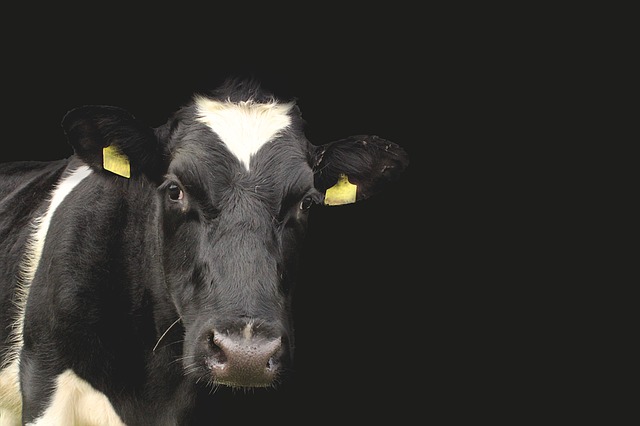March 13, 2017
Russia’s sovereign wealth fund – the Russian Direct Investment Fund (RDIF) – and Israeli international development investment company, LR Group, have agreed to co-invest $100 million in dairy farming and processing in Russia.
Under the proposed agreement, which the RDIF states is ready for signing, the $100 million investment represents the capital committed in the first phase of joint investments by the two parties, and that both partners are already engaged in due diligence regarding the most promising regional projects.
Established in 1985 by co-owners and founders Ami Lustig and Roy Ben Yami, LR Group is active in the forefront of global financing, producing, managing, and development of medium and large scale projects in high-growth economies, according to the company’s website. To date, the firm has implemented more than 400 successful projects valued in excess of $1 billion focusing on the agricultural, energy, health, telecom, water, and construction sectors. Criteria for selecting projects for financing also include their ability to generate economic and social benefit for the hosting region through the improvement of the standard of living, increasing self-sufficiency, or providing training which translate to the empowerment of the local people.
Israel Prime Minister Benjamin Netanyahu and Russian President Vladimir Putin mutually committed to prioritizing agricultural investment during a visit by Netanyahu to Moscow, following a meeting of representatives from the Ministries of Agriculture from both countries.
“We will focus our joint search for attractive investment opportunities in the dairy sector, an area in which many of RDIF’s international partners have shown interest,” said Kirill Dmitriev, CEO of the RDIF. “The efficiency of the domestic agribusiness will be significantly improved by the participation of our Israeli partners and through the use of innovative technologies and best global practices.”
Dairy in Russia
In April of last year, Andrey Oleynik, chairman of the board of Kuban Agro, one of the largest agribusinesses in Southern Russia, told Dairy Reporter that despite particular challenges, the country’s dairy sector remained strong. In 2015 the country saw output of 30.7 million tons of milk or 6 percent of the world’s total production, placing the country at a sufficiency level of approximately 75 percent. That same year, dairy imports fell by 18 percent compared to a year before, leveling off at 246,400 tons valued at $171.1 million.
However, Oleynik goes on to point out that Russia’s dairy sector has been facing a field of challenges including currency volatility, high production costs, lack of investment, high interest rates, and universal quality standards, among others.
As a way to help its struggling industry, in September 2016, the Russian Union of Dairy Producers submitted a draft program to the Russian government designed to support the country’s dairy sector for the 2017-2025 period.
Under the framework of the new program, the industry would see an investment of capital in the form of subsidies totaling 40 billion rubles (US$800 million) with the goal of sparking an increase in raw milk output through 2025.
“Today, the Russian government is providing unprecedented financial support for the development of the dairy sector,” said Ami Lustig, co-founder of LR Group. “Israel is a recognized world leader in the dairy industry. Adaptation of the best technologies and creation of vertically integrated regional dairy clusters will significantly increase milk production. We understand the importance of this work to ensure Russia’s food security and appreciate the professional experience of RDIF in international projects.”
This commitment reflects the expectation by the Russian Ministry of Economic Development that the country’s dairy sector will see a revival of investment interest in 2017-2018, reports Dairy Reporter. This greater capital being allocated to dairy investments is being attributed to the reduction in the inflation rate from 12.2 percent in 2015 to 6.4 percent in 2016, the expansion of the country’s processing abilities, and greater consumer purchasing power driving higher demand resulting from economic recovery.
-Lynda Kiernan
Lynda Kiernan is Editor with GAI Media and daily contributor to GAI News. If you would like to submit a contribution for consideration please contact Ms. Kiernan at lkiernan@globalaginvesting.com.

Let GAI News inform your engagement in the agriculture sector.
GAI News provides crucial and timely news and insight to help you stay ahead of critical agricultural trends through free delivery of two weekly newsletters, Ag Investing Weekly and AgTech Intel.




